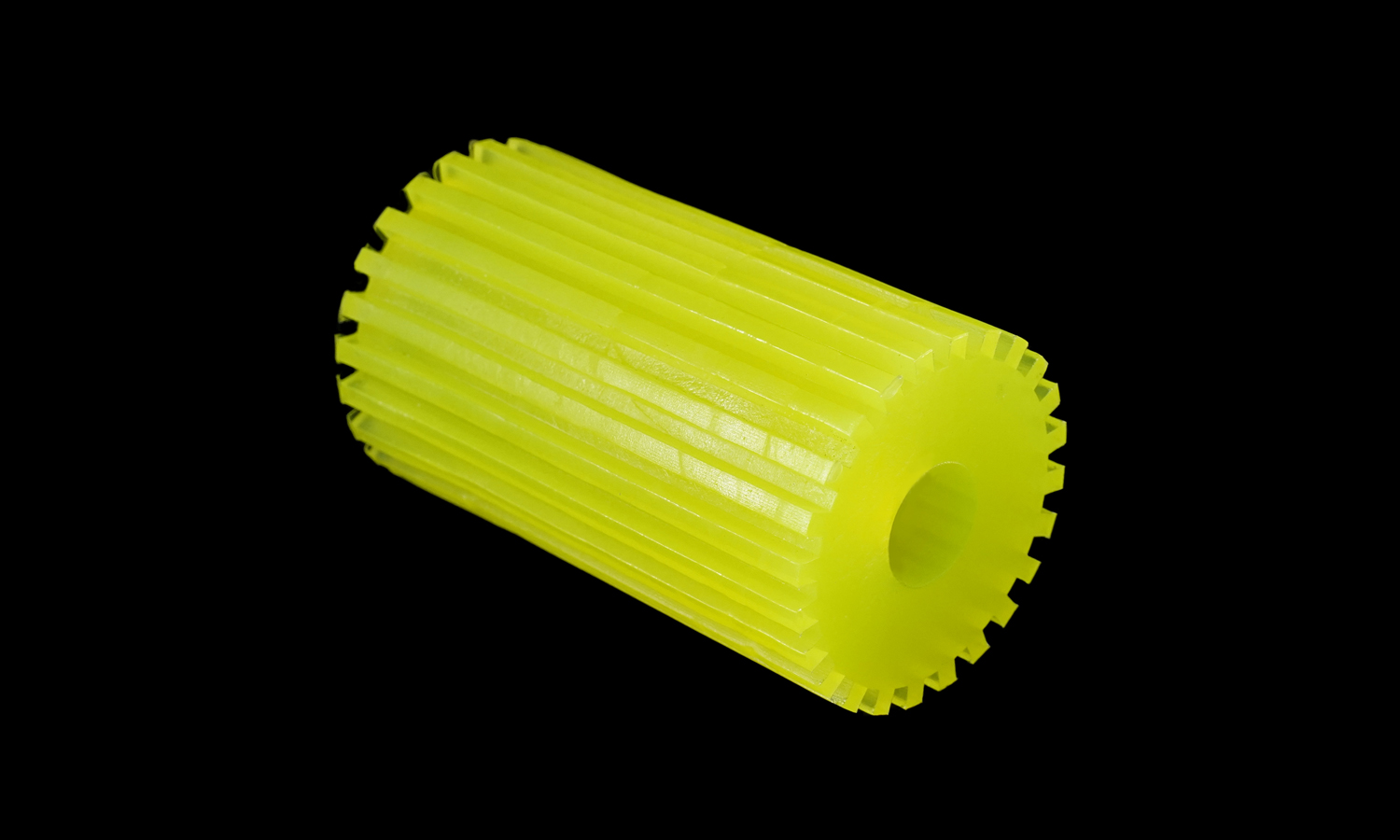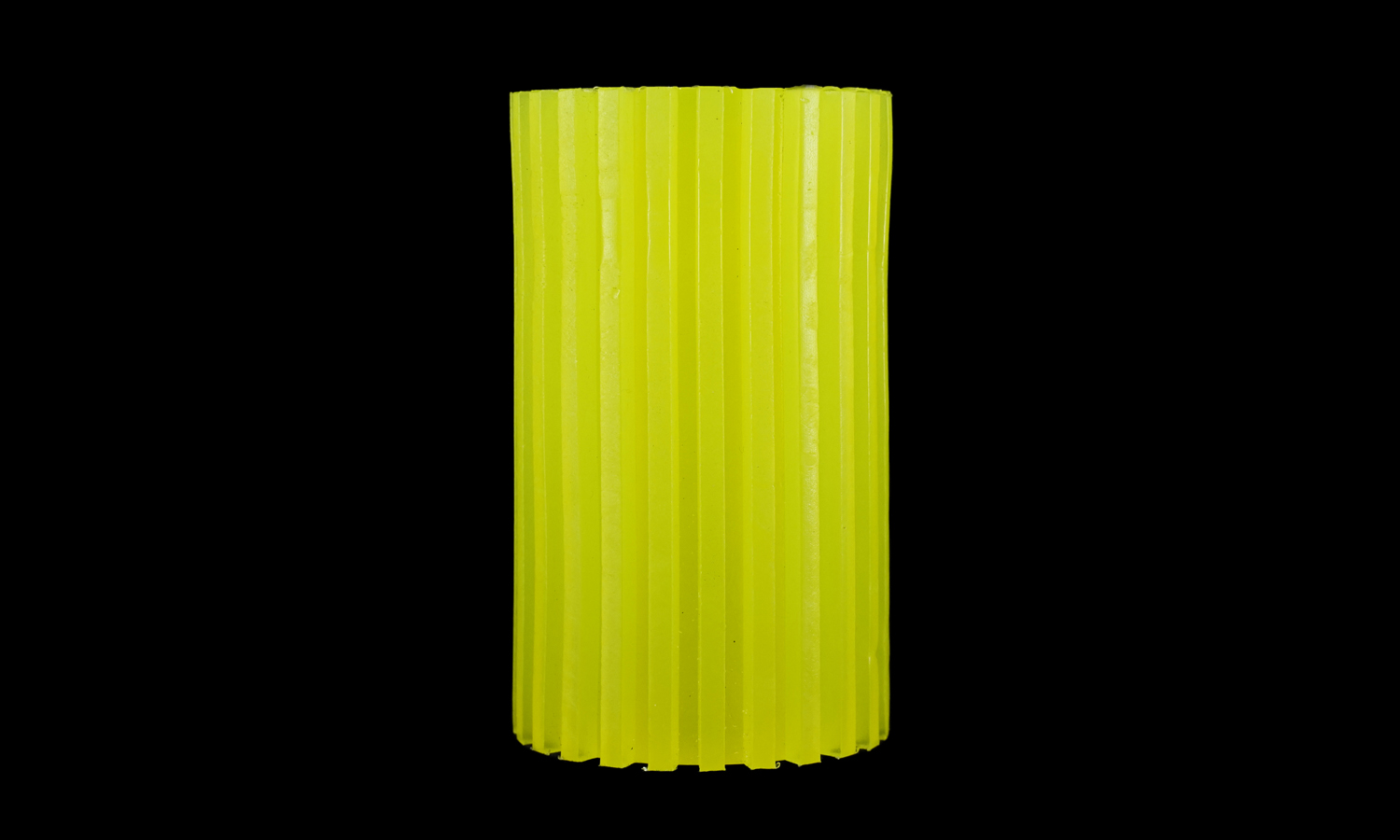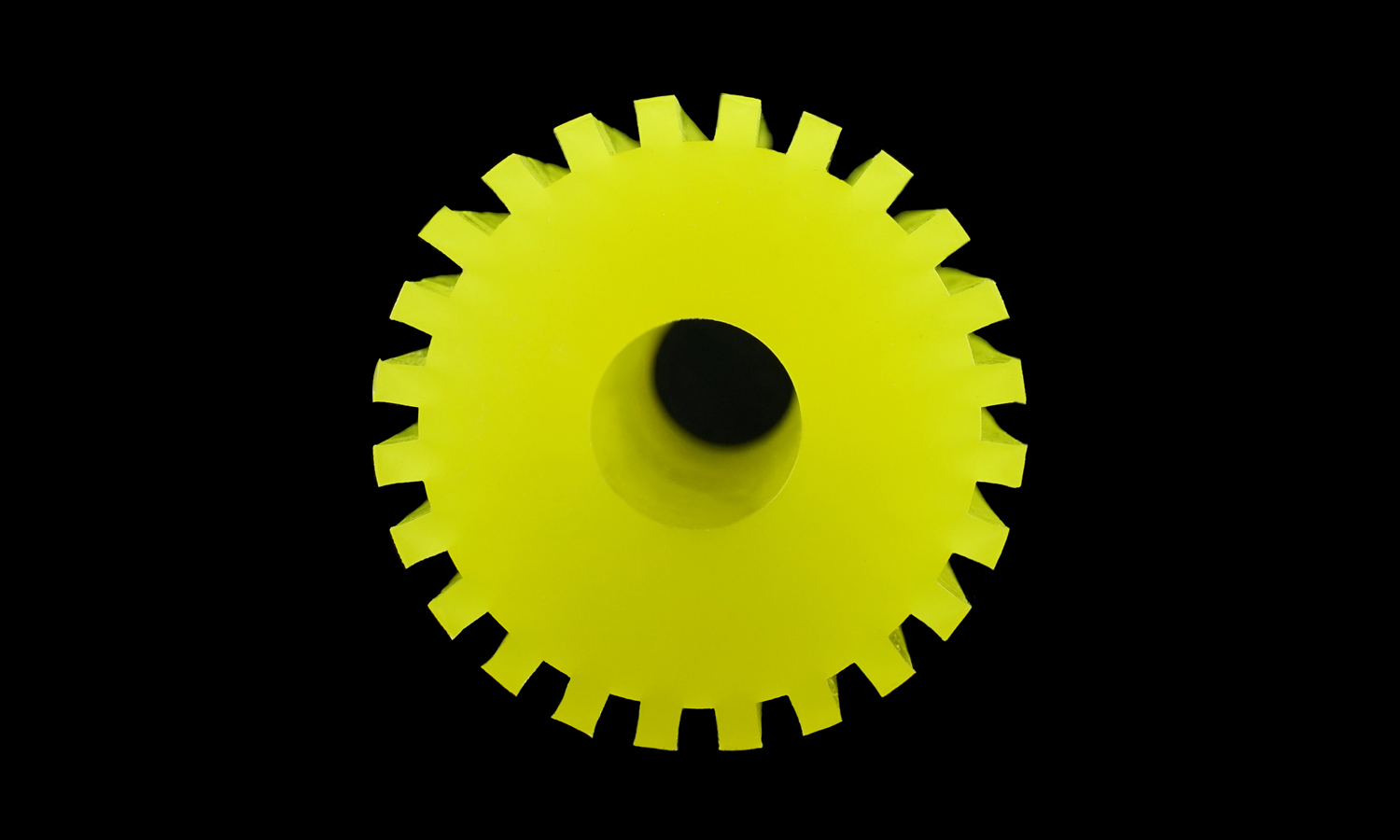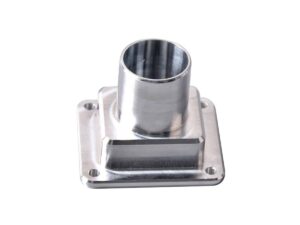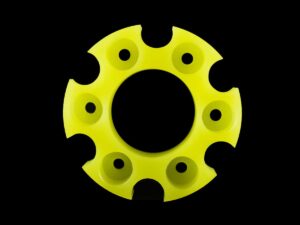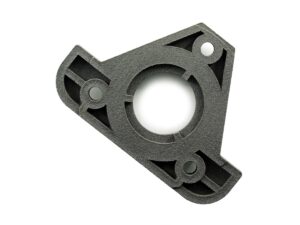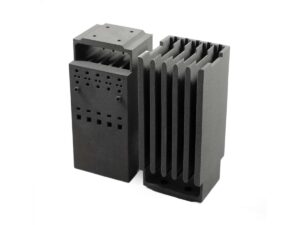- Polyurethane Extrusion Flexible Convoluted Tubing Bellow Hose
- Injection Molded Polyurethane Disc with Raised Cylinder
Material Plastic
Quantity 48 pcs
Price Range $100-1,000
Lead Time 3 workdays
Gallery
About Project
In the world of mechanical and industrial engineering, efficient power transmission is paramount. A key component in achieving this is the gear coupler, responsible for connecting shafts and transferring torque. Today, we’re highlighting a high-quality polyurethane gear coupler featuring a clever vertical ridge design, showcasing the versatility and precision achievable through injection molding.
This particular gear coupler boasts a hollow cylindrical shape, making it lightweight yet robust. What sets it apart is the series of evenly spaced vertical ridges that run along its outer surface. These ridges not only give the coupler its distinctive gear-like appearance but also play a crucial functional role. They provide a secure and interlocking interface for connection, ensuring minimal slippage and efficient power transfer.
The choice of polyurethane as the material offers several advantages. Polyurethane is known for its excellent abrasion resistance, high tensile strength, and resistance to chemicals and oils. This makes it ideal for demanding applications where durability and longevity are essential. Furthermore, polyurethane’s inherent flexibility allows it to absorb shocks and vibrations, protecting connected equipment from damage.
The intricate vertical ridge design of this gear coupler is a testament to the precision of the injection molding process. This manufacturing technique allows for the creation of complex shapes with tight tolerances, ensuring accurate dimensions and consistent performance. The ability to precisely mold these ridges is critical for the coupler’s functionality and its ability to effectively mesh with other components. This level of detail and repeatability is difficult to achieve with other manufacturing methods.
This injection molded polyurethane gear coupler finds applications in a wide range of industries, including robotics, automation, and general machinery. Its robust construction and precise design make it a reliable solution for power transmission needs.
Looking to bring your own polyurethane product ideas to life? FacFox offers high-quality polyurethane manufacturing services, specializing in injection molding. From design to production, FacFox provides expert guidance and utilizes state-of-the-art equipment to deliver precision parts that meet your exact specifications. Contact FacFox today to discuss your project and discover the possibilities of polyurethane manufacturing.
Solution
- Step 1: A mold was designed and fabricated. This mold, crucial for shaping the final product, was precisely machined from durable materials, often steel or aluminum. The intricate details of the gear coupler, including the vertical ridges, were incorporated into the mold’s cavity.
- Step 2: Polyurethane resin was prepared. The specific type of polyurethane was selected based on the desired properties of the gear coupler, such as hardness, flexibility, and chemical resistance. Often, the resin consisted of two components that were mixed together in precise proportions.
- Step 3: The polyurethane mixture was injected into the mold. Using specialized injection molding machinery, the liquid polyurethane mixture was forced under high pressure into the mold cavity. This process ensured that the mold was completely filled, capturing even the finest details of the vertical ridges.
- Step 4: The polyurethane was allowed to cure. Inside the mold, the polyurethane underwent a chemical reaction, solidifying and taking the shape of the mold cavity. The curing time and temperature were carefully controlled to achieve the desired material properties.
- Step 5: The mold was opened. Once the polyurethane had sufficiently cured, the mold was opened, and the solidified gear coupler was ejected. Automated systems were sometimes used for this step to improve efficiency.
- Step 6:┬Ā The gear coupler was inspected. Each part was carefully examined for any defects, such as imperfections in the surface finish or dimensional inaccuracies. Quality control measures were implemented to ensure that only parts meeting the required standards were accepted.
- Step 7: Excess material was trimmed. Any excess polyurethane, such as flash (thin excess material at the parting line of the mold), was removed. This trimming process was typically performed using specialized tools or automated trimming machines.
- Step 8: Surface finishing was applied (if necessary). Depending on the application requirements, additional surface treatments, such as painting or coating, might have been applied to enhance the appearance or performance of the gear coupler.
- Step 9: The finished gear couplers were packaged. Finally, the gear couplers were carefully packaged to protect them from damage during storage and transportation. Appropriate labeling was added to identify the parts and provide relevant information.
